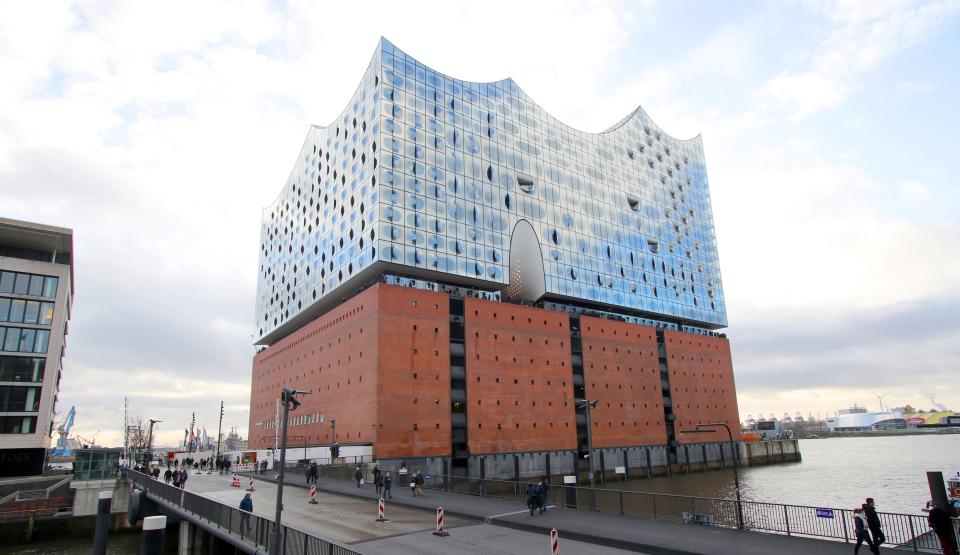“… so there were lice upon man, and upon beast,” reports the Bible, “all the dust of the land became lice throughout all the land of Egypt.” (Exodus 8:18, 17)
Even today, two million people die every year from malaria transmitted by mosquitoes, mainly in Africa.
But even in the Upper Rhine valley, where malaria was still rampant only a century ago, people have to watch out – with globalization and international travel, the cause of malaria, the so-called plasmodia, may return at any time, encouraged by the rise in average temperatures and the reproduction of the “right” type of mosquito.
The Asian tiger mosquito is spreading slowly across Italy and even into Switzerland, a blood-sucking species that has caused numerous casualties in Asia as well as in the U.S. as a carrier of dengue fever and the West Nile virus.
In the industrialized world, people are fighting this plague with state-of-the-art medication and insecticides that have as few side-effects as possible, but mosquitoes and pathogens are becoming more and more resistant.
Some promising approaches to the solution of this problem have come out of the poor African continent itself, where researchers have been experimenting with the anopheles fly’s natural enemies (robber flies and jumping spiders) and have achieved remarkable results with plants such as the neem tree and artemisia.
















